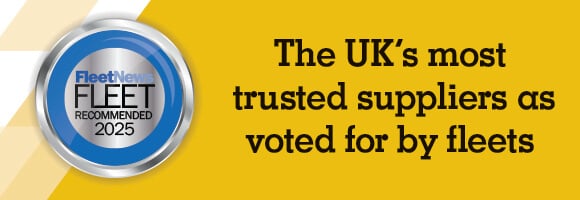By Rory Mackinnon, sales director at Holman
The new zero emission vehicle (ZEV) mandate is going to fundamentally change the procurement relationship between manufacturer, funder, and fleet.
A combination of manufacturers needing to hit targets for electric vehicles (EVs) and offering incentives as a result, and end user fleets trying to balance good deals against operational suitability, will require a new level of fast decision-making, access to funds, and clear data to take advantage of tactical offers that enable the switch to electric.
The ZEV mandate will create a ‘push’ market, where manufacturers prioritise selling electric vehicles to meet quotas and move stock. This is unlike previous push markets, where customers received similar vehicles at reduced prices, and customers were happy to be part of it.
While this translates to potential deals for fleets, the decision to switch isn’t always straightforward. Unlike standard discounts, replacing an internal combustion engine (ICE) vehicle with an EV might not always align with operational needs.
The ZEV Mandate requires that 22% of all new car registrations by a manufacturer must be zero emission, and 10% of vans must be electric in 2024. In the early part of this year, electric car share sits at under 16% and vans at under 6%.
To achieve this, manufacturers will need to register approximately 20,000 more vans and 19,000 more electric cars than in 2024 (assuming the overall market stays the same size year-on-year).
However, the UK van market grew by more than a fifth in 2023, and similar growth in 2024 would mean even more pressure to increase volume of electric vehicles to maintain the necessary share.
Hitting share targets requires accurate forecasting of volume, and so manufacturers may have to become very reactive and quick moving to ensure sufficient electric vehicle stock and finding buyers.
The result is they may be more willing to do deals with fleets, as the financial hit to maintain share is preferable to the fines for missing targets or buying credit from other OEMs.
As a result, fleets need to be ready and agile to take advantage of these offers. However, fleets locked into traditional lease contracts may struggle to capitalise on these opportunities due to significant early termination penalties, which might negate some, or all of the financial benefits being offered.
Fleets need leasing arrangements that give them the flexibility to act when it suits them. If you don’t have the flexibility needed to react tactically, then you will have to sit on the sidelines and watch as deals come and go.
That’s where finance lease can help. Holman’s customers are running thousands of ICE vans which could be exited at a moment’s notice for electric versions as and when the time is right.
Finance lease offers control over costs, profits, and the ability to flex as your organisational environment dictates.
With the unpredictability of EV residuals that have impacted everyone, organisations are taking a conservative view on residual values and this is directly impacting the fleet customer. But when it’s time to sell, if the market has bounced back or even remains the same, who gains? Not the organisations, but the providers.
The ideal scenario: a fleet holds on to vehicles projected for strong resale value. When a good deal emerges for suitable electric replacements, they can defleet and maximise their return on the old vehicles while capitalising on the EV offer. It's a win-win for both sides.
It is also important not to be completely won over by headline offers which on the surface seem to make the switch to EV cheaper. Instead, fleets need to be clear about every cost associated with the operation and how this could be affected positively or negatively by the switch.
Businesses need to be in a position where they understand exactly how their fleets work, day-in, day-out. What are your operational issues? How much does everything associated with running those vehicles cost? What do your drivers need to do their job?
With this data-driven approach fleets can make informed decisions and be confident about switching to electric vehicles, on a vehicle-by-vehicle basis.


















Login to comment
Comments
No comments have been made yet.